All Science
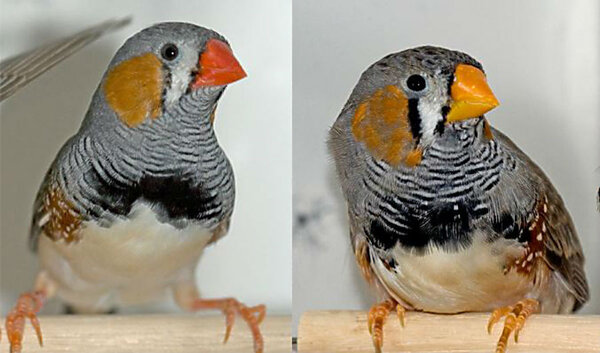 How did some birds become red? Scientists unravel clues.
How did some birds become red? Scientists unravel clues.New research identified a genetic enzyme in birds that converts yellow pigments from their food into red pigments applied to their bills, feathers, and skin.
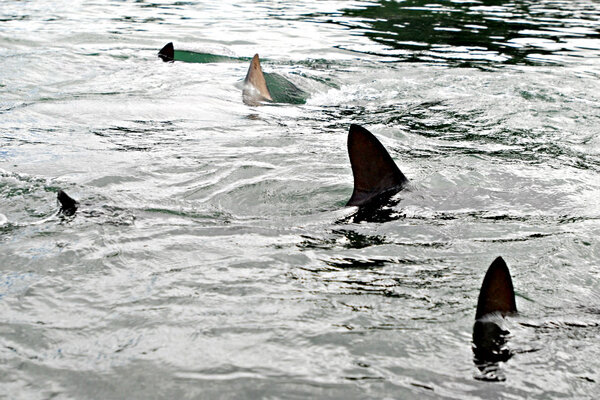 Aquatic answers: Why do sharks bite more people in Hawaii?
Aquatic answers: Why do sharks bite more people in Hawaii?Sharks and people are competing over vacation hot spots, scientists report in a new study of Hawaii's shark population.
 Why birds are red: Secrets of scarlet revealed in matching studies.
Why birds are red: Secrets of scarlet revealed in matching studies.Color me red: Bird coloring questions have intrigued evolutionary biologists for decades. Now, two separate studies have reached identical conclusions.
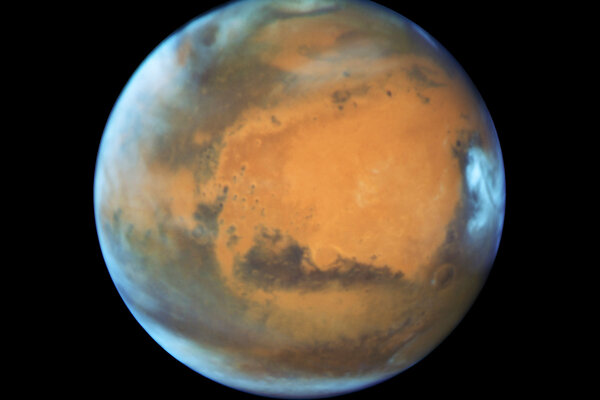 First LookAmazing Mars portrait: How did Hubble get that detail?
First LookAmazing Mars portrait: How did Hubble get that detail?A new picture of Mars shows close details of its surface in breathtaking detail.
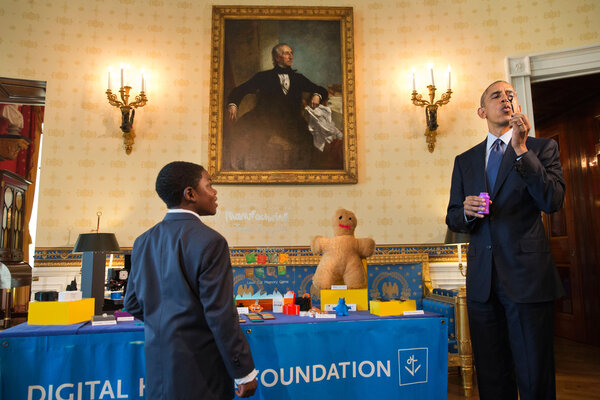 First LookWhy Obama wants 'Kid Science Advisors'
First LookWhy Obama wants 'Kid Science Advisors'President Obama is asking children around the country to submit their best science ideas for a new advisory committee, which seeks to raise awareness about STEM education.
 What can tiny robot bees do for us?
What can tiny robot bees do for us?A new microrobot called the RoboBee uses static cling to perch on objects where no tiny robot has perched before, greatly expanding its operational life.
 First LookShhh. Even trees need their zzzzz's, scientists say
First LookShhh. Even trees need their zzzzz's, scientists sayResearchers in Finland and Austria have found that trees 'sleep,' responding to changes in light and temperature at night.
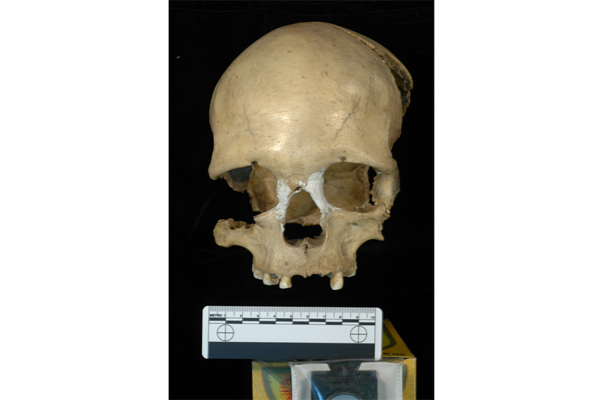 Out of Africa – and back again: When did humans return to Africa?
Out of Africa – and back again: When did humans return to Africa?Researchers have found evidence of a back-migration into Africa in the DNA of a 35,000-year-old skull found in Romania.
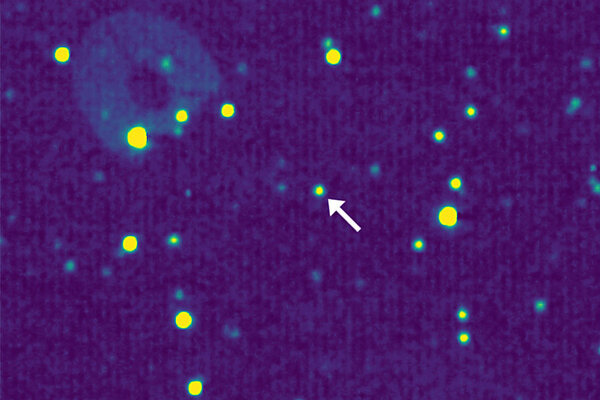 Beyond Pluto: What New Horizons found in the Kuiper Belt
Beyond Pluto: What New Horizons found in the Kuiper BeltThe NASA probe, New Horizons, recently caught the 90-mile 1994 JR1 on camera, giving scientists more insight into its location on the outer edge of the solar system.
 Mega tsunamis on Mars? Evidence boosts idea of ancient oceans
Mega tsunamis on Mars? Evidence boosts idea of ancient oceansA new study suggests there's evidence that at least two mega tsunamis formed on the Red Planet, which helps support the controversial case for ancient oceans there.
 Mars illuminated in sunlight ahead of Mars opposition
Mars illuminated in sunlight ahead of Mars oppositionMars and the sun will be opposite sides of the Earth this Sunday, which puts the Red Planet in position to be the subject of Hubble Space Telescope's eye.
 Two new species of horned dinosaur discovered. Why the dino diversity?
Two new species of horned dinosaur discovered. Why the dino diversity?Scientists have identified two new relatives of Triceratops that roamed North America.
 Newly discovered dinosaur duo sported exotic spikes and horns
Newly discovered dinosaur duo sported exotic spikes and hornsBoth dinosaurs were members of a group called ceratopsians that included the well-known Triceratops. Scientists found them in Montana and Utah.
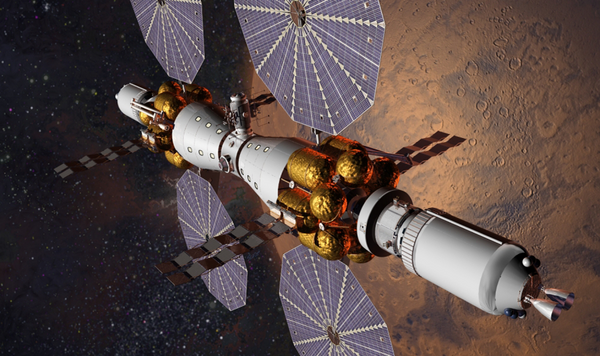 Lockheed Martin set to build orbiting Mars Base Camp by 2028
Lockheed Martin set to build orbiting Mars Base Camp by 2028The lab would orbit the Red Planet with six astronauts onboard studying Mars in real-time in preparation for landing humans on its surface.
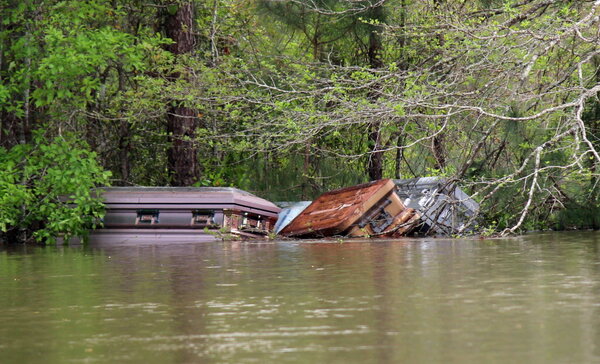 How fast is New Orleans sinking? Faster and faster, says new study
How fast is New Orleans sinking? Faster and faster, says new studyWith rising sea levels more coastal communities are coming to terms with the long-term effects of hotter global temperatures.
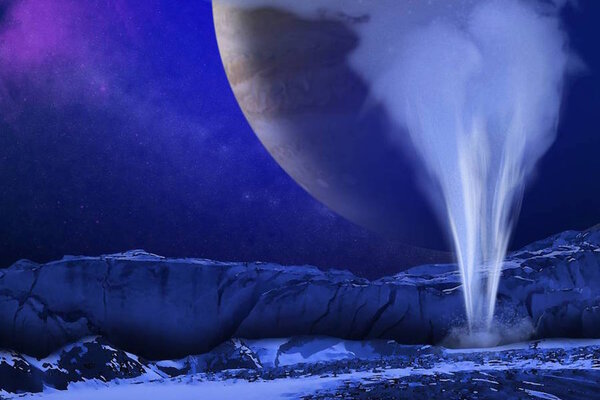 Could Europa's ocean be a hotspot for life? Here's why.
Could Europa's ocean be a hotspot for life? Here's why.A new study finds more evidence that suggests one of Jupiter's moons, Europa, has the capacity to host life.
 Earthquakes on the rise in Texas, caused by human activity
Earthquakes on the rise in Texas, caused by human activityHuman activity has been causing earthquakes for more than 90 years in the Lone Star state, and that has only gotten worse in the past decade, according to a review of historical data.
 First Look'Some pig.' Researchers unravel ‘Charlotte’s Web’-inspired ‘liquid wire’
First Look'Some pig.' Researchers unravel ‘Charlotte’s Web’-inspired ‘liquid wire’Researchers have recreated the mechanism of a spider's web, a self-repairing 'liquid wire' with dual liquid-solid properties.
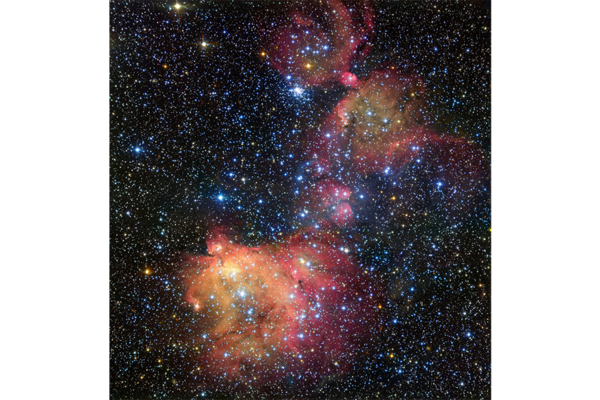 Sublime image reveals superbubbles, star formation, and satellite galaxies
Sublime image reveals superbubbles, star formation, and satellite galaxiesThe mesmerizing colors of a satellite galaxy blaze in a new image from the European Southern Observatory's Very Large Telescope array, hinting at young stars' creation.
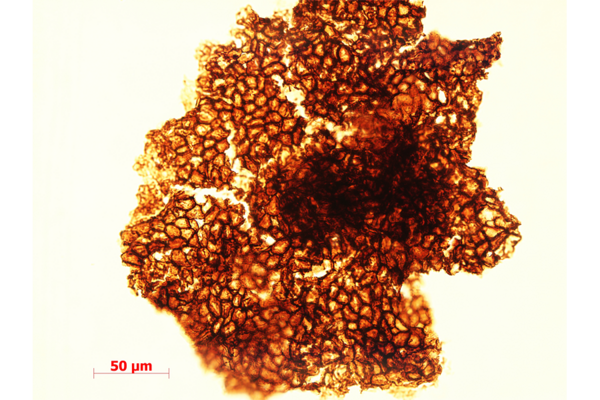 What did it take to be giant 1.56 billion years ago?
What did it take to be giant 1.56 billion years ago?Fossils discovered in northern China represent the largest macroscopic eukaryotes known to live on Earth 1.56 billion years ago, despite being just 11 inches at the longest.























